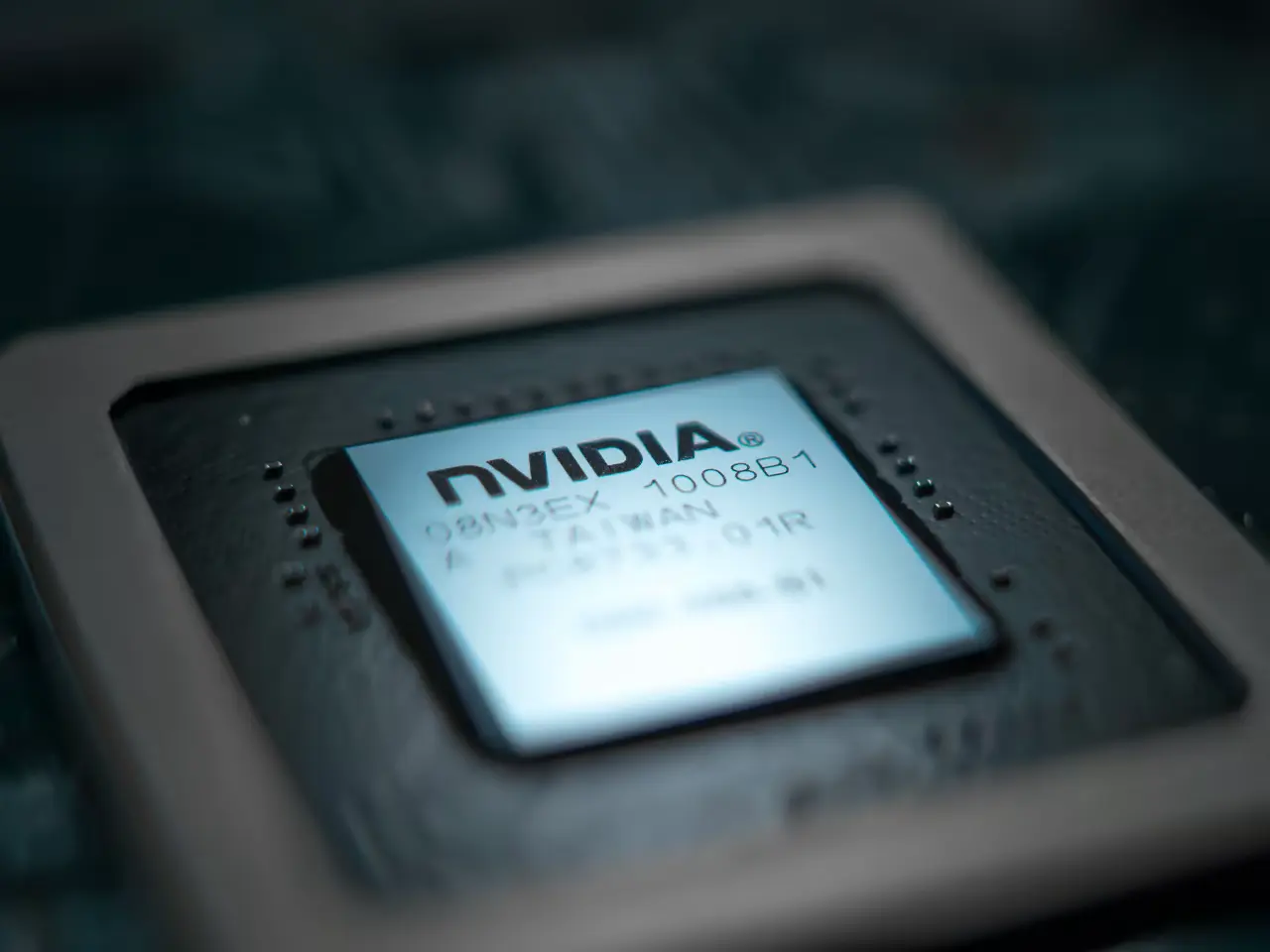In 2023, the artificial intelligence (AI) boom has been nothing short of a gold rush for tech companies, with Nvidia emerging as the undisputed champion.
With its shares surging over 200% year-to-date, Nvidia has outshone even the tech giants Amazon, Alphabet (Google’s parent company), and Microsoft, whose stocks have also seen significant gains.
While stock performance is indeed a notable achievement, it’s not the only area where Nvidia is flexing its muscle.
This article will delve into a crucial investing metric where Nvidia is beating the competition by a significant margin – Return on Invested Capital (ROIC).
Why ROIC Matters
ROIC is a pivotal financial metric, often considered a litmus test for a company’s efficiency in deploying capital to generate profits.
High and consistent ROIC is a positive sign, indicative of long-term performance. Nvidia stands head and shoulders above its peers in this regard, leaving Amazon trailing behind.

Nvidia’s ROIC Supremacy
As the chart reveals, Nvidia’s ROIC is undeniably superior to that of Alphabet and Microsoft, who nonetheless boast respectable numbers.
Unfortunately, Amazon is left at the tail end of the race. Nvidia’s dominance in ROIC can be attributed to its meteoric rise in earnings.
The driving force behind Nvidia’s recent profit surge is the burgeoning demand for generative AI applications.
The company’s Graphics Processing Units (GPUs) have become the industry standard for running these applications, putting them in high demand.
This has significantly bolstered Nvidia’s NOPAT (Net Operating Profit After Taxes), which is a critical component of the ROIC calculation.
The ROIC Challenge
While Nvidia’s ROIC is undoubtedly impressive, the company faces the challenge of sustaining this level of performance. The semiconductor industry, where Nvidia operates, is notorious for its cyclical demand patterns.
It’s a market that often experiences booms and busts, creating unpredictability.
The adoption of AI might provide some stability, but there are already signs that the intense demand for Nvidia’s GPUs could ease in the near future.
Microsoft’s Chief Technology Officer, Kevin Scott, recently mentioned that the supply-demand imbalance for Nvidia’s GPUs is gradually improving.

Is Nvidia a No-Brainer Buy?
Nvidia’s high ROIC, while impressive, doesn’t necessarily make its stock a no-brainer buy for investors. There are other factors to consider, with valuation being a critical one. Nvidia’s forward earnings multiple of 29x may deter some investors who are looking for more attractive opportunities.
However, growth prospects play a crucial role in stock valuation. Wall Street analysts project staggering annual earnings growth of nearly 79% for Nvidia over the next five years.
If the company can deliver on this ambitious projection, its current valuation may not be a concern.
Nevertheless, predicting growth half a decade into the future is more art than science. A multitude of factors can influence these forecasts, both positively and negatively.
Therefore, while Nvidia’s high ROIC is an exciting metric, prudent investors should weigh all aspects of the investment, keeping an eye on the ever-changing landscape of the AI and semiconductor industry.
In conclusion, Nvidia’s dominance in ROIC underscores its strong position in the AI-driven tech world.
However, investors should exercise caution and consider all factors when deciding to invest in the company, as the dynamic and cyclical nature of the semiconductor market presents its own set of challenges.

